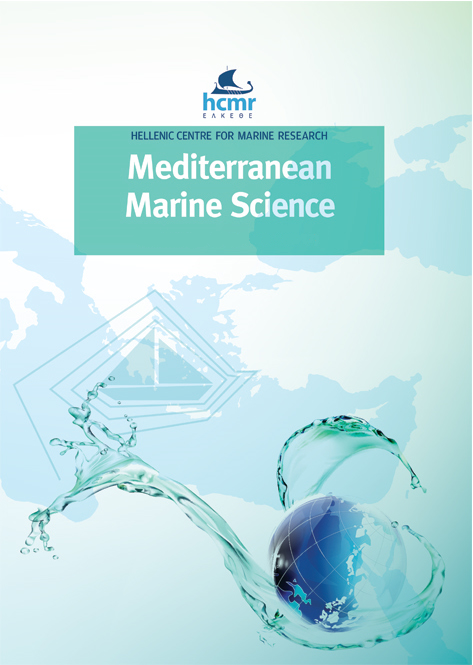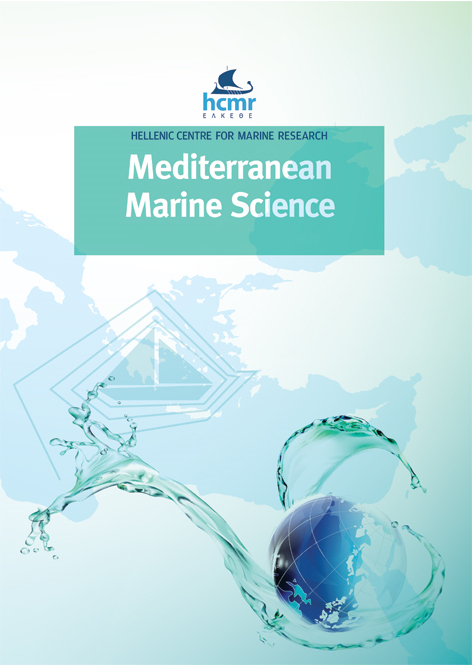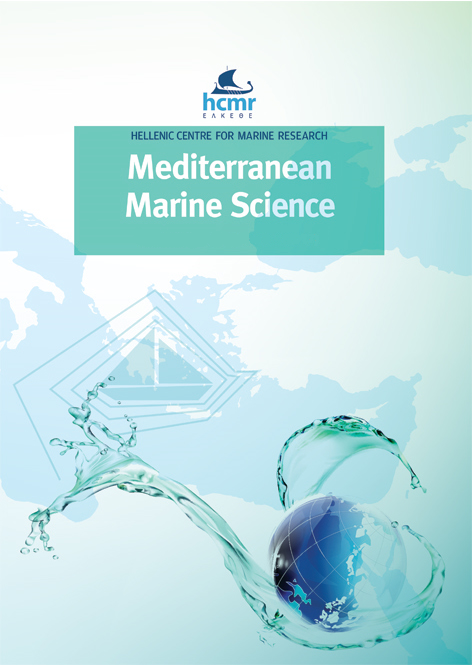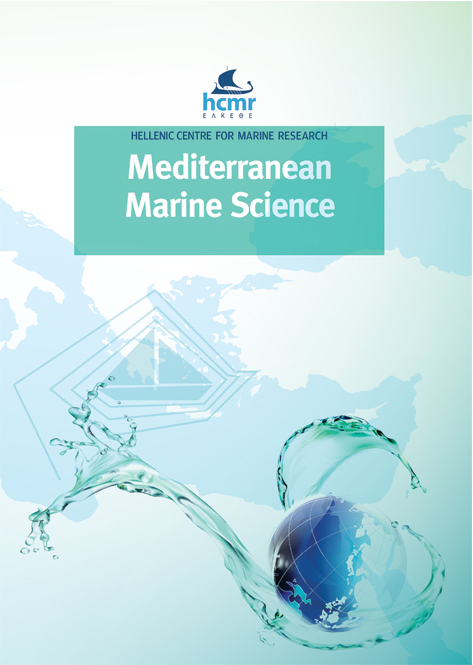A new host record for the pea crab Pinnotheres pisum (Linnaeus, 1767) (Decapoda: Pinnotheridae) in the western Mediterranean, with an update on host species New host record for the pea crab Pinnotheres pisum
Resumen
Pinnotheres pisum (Linnaeus, 1767) is one of the pinnotherid crab species with the highest number of reported bivalve hosts. Here we first report this species living in the bivalve Glossus humanus (Linnaeus, 1758), and provide an update on P. pisum symbiotic associations (i.e., known hosts), reaching up to 34 taxa. Partial sequences of the mitochondrial gene cytochrome c oxidase subunit I were first obtained from P. pisum and the G. humanus host from the Mediterranean Sea, confirming conspecificity with specimens from the Atlantic Ocean of the same species.
Article Details
- Cómo citar
-
MARCO-HERRERO, E., RAMÍREZ-AMARO, S., DÍAZ A., J., ORDINES, F., & MASSUTÍ, E. (2023). A new host record for the pea crab Pinnotheres pisum (Linnaeus, 1767) (Decapoda: Pinnotheridae) in the western Mediterranean, with an update on host species: New host record for the pea crab Pinnotheres pisum . Mediterranean Marine Science, 24(2), 419–425. https://doi.org/10.12681/mms.31628
- Sección
- Short Communication
Authors who publish with this journal agree to the following terms:
- Authors retain copyright and grant the journal right of first publication with the work simultaneously licensed under a Creative Commons Attribution Non-Commercial License that allows others to share the work with an acknowledgement of the work's authorship and initial publication in this journal.
- Authors are able to enter into separate, additional contractual arrangements for the non-exclusive distribution of the journal's published version of the work (e.g. post it to an institutional repository or publish it in a book), with an acknowledgement of its initial publication in this journal.
- Authors are permitted and encouraged to post their work online (preferably in institutional repositories or on their website) prior to and during the submission process, as it can lead to productive exchanges, as well as earlier and greater citation of published work (See The Effect of Open Access).








